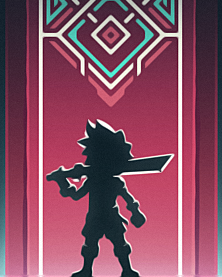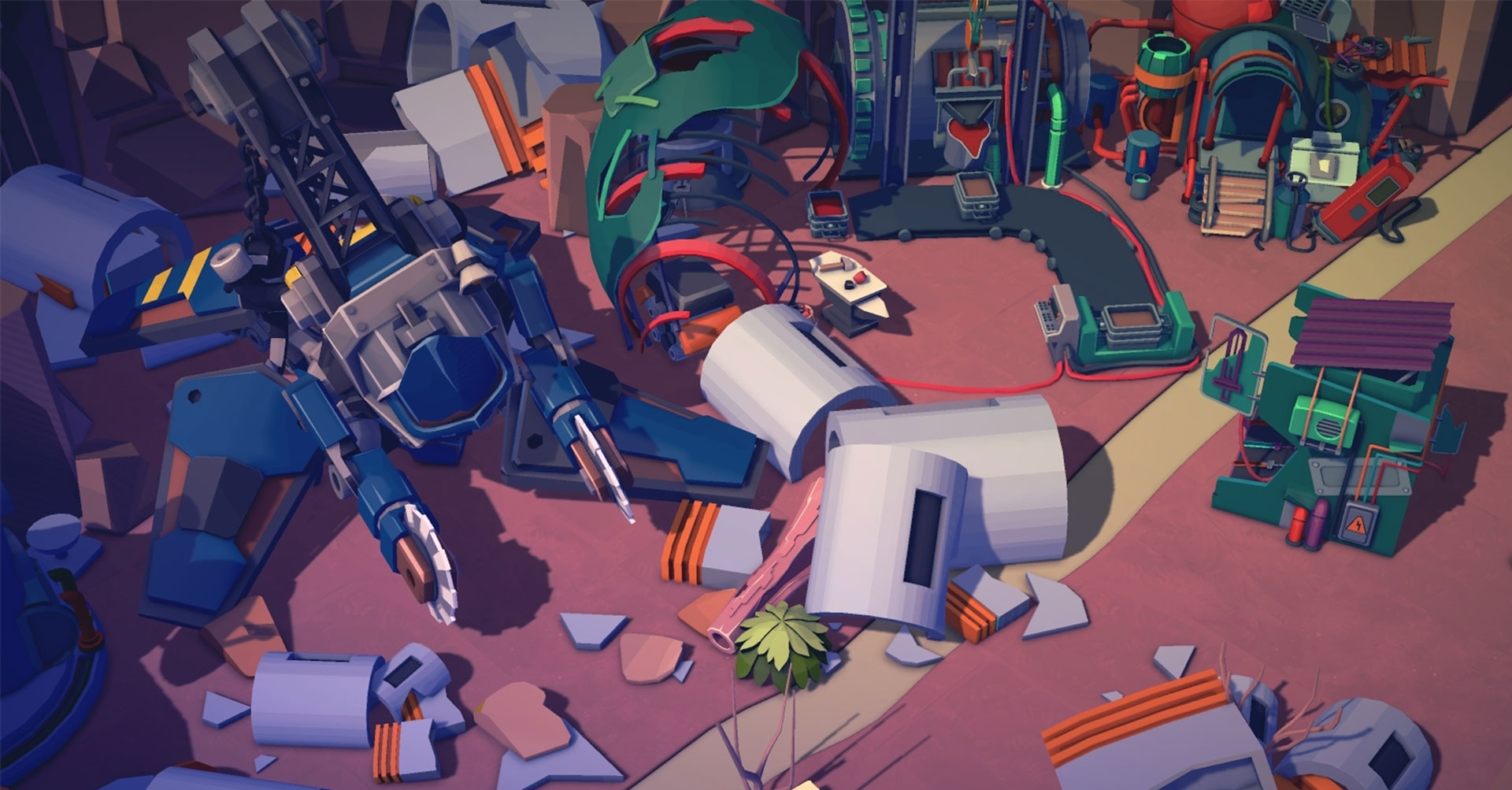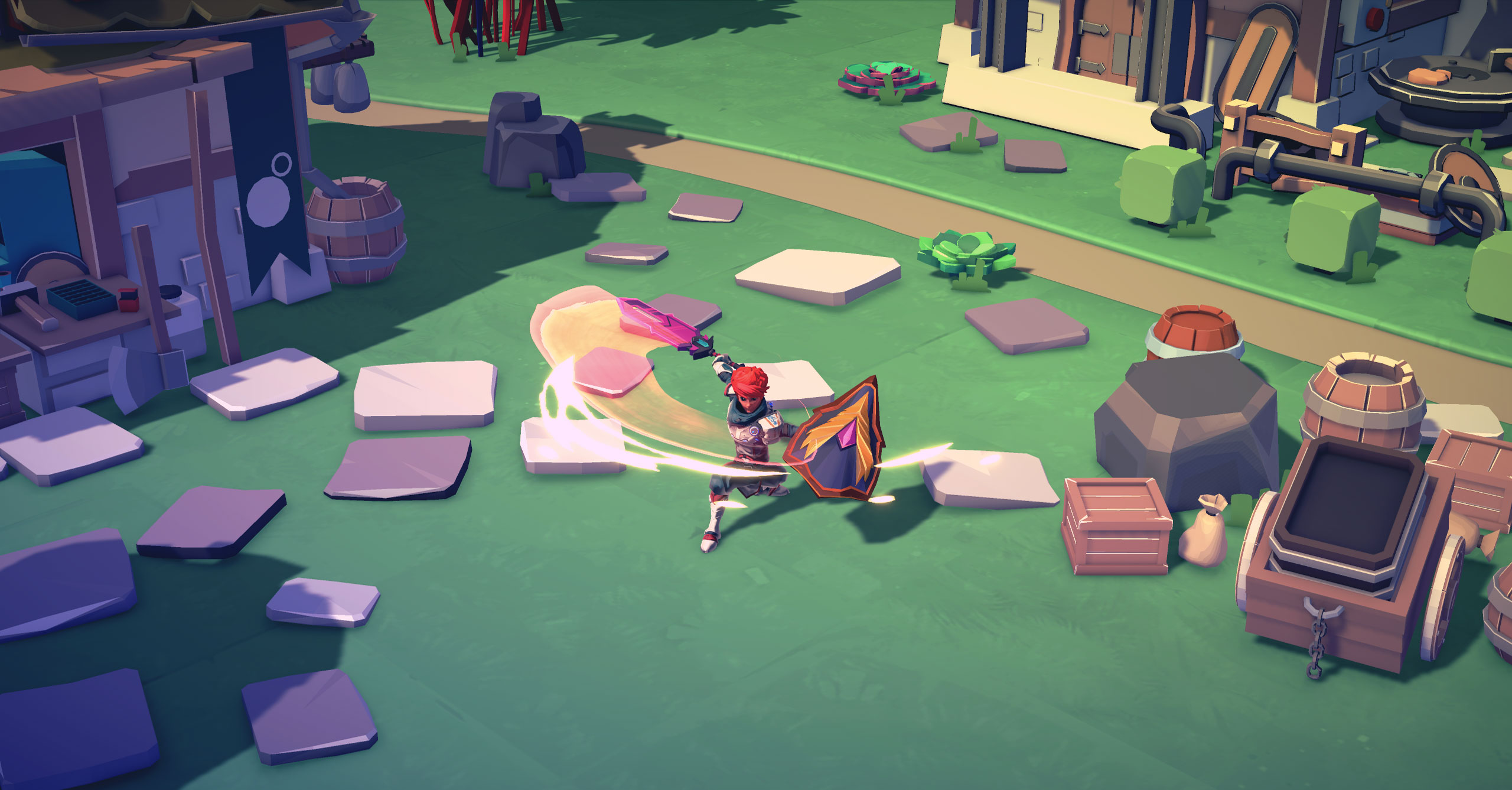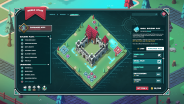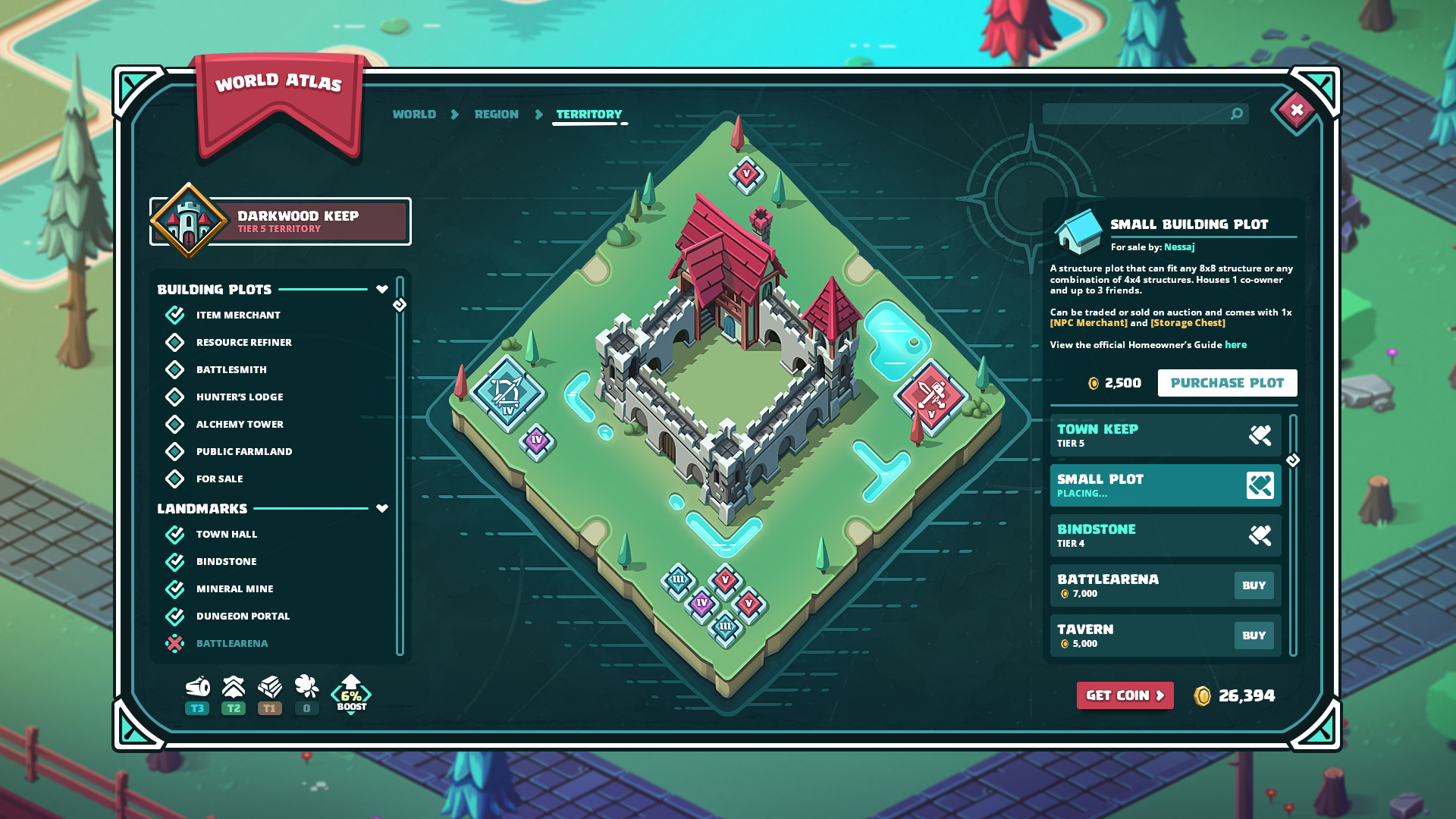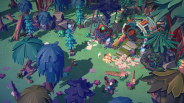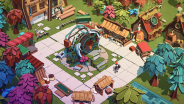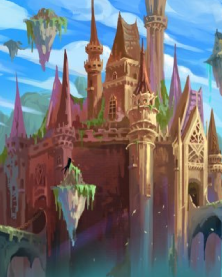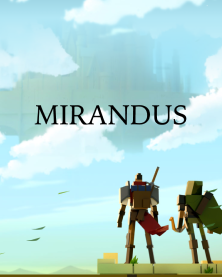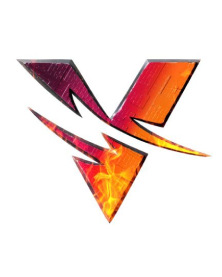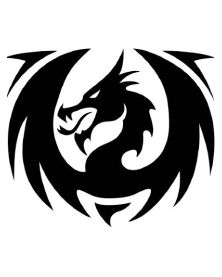Ember Sword is a modern Free-to-Play PC/Browser MMORPG with a player-driven economy, a classless combat system, and scarce, tradable cosmetic collectibles. The game is built around the philosophy of “gameplay first” and will feature challenging end-game PVE, hardcore PvP, a living economy, and more. Progression is based on advancing your skills from level 0 to 100. Each weapon type has its own associated skill and so do other RPG elements like crafting.
You will be able to create a character, pick a home nation, and venture into the mysterious world with your weapon of choice to prove your worth in the action-packed classless combat system by defeating monsters, bosses, and other players, or explore the world as a peaceful forager of goods and rares, making a name for yourself as a talented refiner and craftsman.
All cosmetic items & land plots in Ember Sword are represented by non-fungible tokens so that players truly own their digital assets in-game. Each cosmetic item has an item history attached to it. If your sword was the first to kill a new end-game boss or a player, that feat will be displayed on the cosmetic, making it truly unique.
The first community land sale of Ember Sword took place in Solarwood – one of the four nations of Thanabus. The sale featured four types of land: Plots, Settlements, Towns, and Cities. As a landowner, you’ll receive a small percentage of the real-life revenue that is produced by the estate your plot belongs to (the revenue is not in-game currency).
The foundation of land in Ember Sword revolves around square 1×1 plots that are, roughly, the size of one screen. Regular plots are the base form of land in the game, your chance to own a piece of Thanabus. Regular plots come with the Sir/Lady title and have traits that are unveiled as the game world unfolds, which can include campsites, NPC houses, resource deposits, monster spawns and more.
